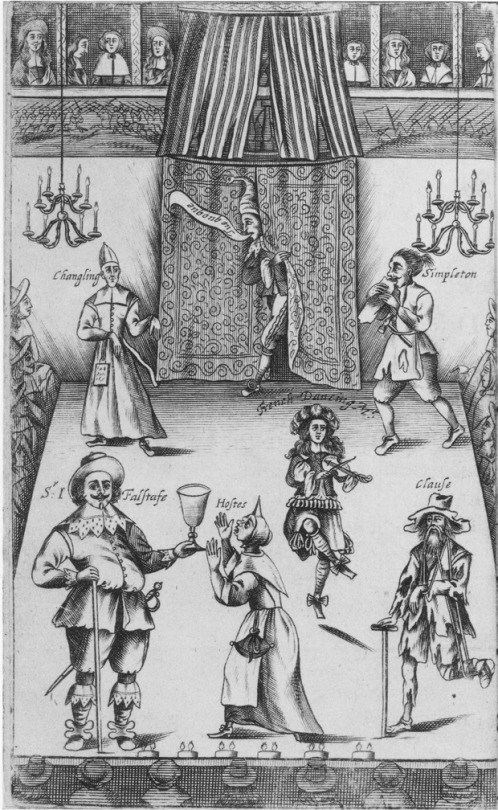
Playwrights Jennifer Haley, Lisa D’Amour, and Anne Washburn in Conversation
The call came on a Saturday. A sweet-voiced woman informed me that my play, The Nether, had won the Susan Smith Blackburn Prize. This is a major award for a female playwright, and I wasn’t even aware I’d been nominated. As I stammered promises that I wouldn’t tell a soul until the winner was announced (I called my mom the moment I got off the phone), it dawned on me that, after twenty years of writing plays, something had really struck. That was 2012. By 2015, The Nether had exploded in ways I couldn’t have imagined. Or maybe I wouldn’t let myself imagine. As an artist, I’d always attempted the Jedi mind trick—to varying degrees of success—of not giving a flip about what other people think of my work.
When The Believer approached me about interviewing another playwright, I realized there were actually two with whom I wanted to converse: Lisa D’Amour and Anne Washburn. I was a fan of their writing, but they had also experienced similar tectonic shifts in their careers.
I met Lisa in Austin in 2000, when I was cast in her play, Anna Bella Eema, about a trailer park mom visited by werewolves and a daughter who makes a girl out of mud. The variety of Lisa’s work is breathtaking, ranging from her interactive, site-specific How To Build a Forest, to her cast-of-thousands New Orleans homage, Airline Highway. She struck her first mainstream success with Detroit, about two couples meeting and melding in an economically zombified neighborhood, which premiered at Chicago’s Steppenwolf Theatre in 2010.
I met Anne at the 2011 Actors Theatre of Louisville Humana Festival of New Plays, where A Devil At Noon, about the psychedelic descent of a jaded science fiction writer, introduced me to her formal super powers. Mr. Burns, a Post-Electric Play, which premiered at Woolly Mammoth Theatre Company in Washington D.C. in 2012 and then took off like wildfire, charts the evolution of a Simpsons episode as re-told by survivors seven months after the apocalypse, seven years later, and then seventy years after that. It starts as a dark comedy and finishes as an operatic spectacle, taking our innate need to see ourselves through story to the nth post-modern degree.
My play, The Nether, premiered in 2013 at Center Theatre Group in Los Angeles and inhabited a similar futuristic space as Mr. Burns. The story follows a set of characters caught up in a virtual realm where guests may engage in unsavory activities with children. Although...
You have reached your article limit
Sign up for a digital subscription and continue reading all new issues, plus our entire archives, for just $1.50/month.
Already a subscriber? Sign in




